Grocery shopping: a weekly ritual
Doing groceries, picking up some food, going grocery shopping, going to the market… no matter how you say it, this remains an essential activity anchored in families’ daily lives. According to a recent study on grocery consumption, Canadians spend about 62 hours a year buying food. Their ritual is to go once a week, especially on Saturdays, spending an average of one hour per $140 grocery bill. There are also those who prefer to shop every day on an as needed basis.
Whichever you prefer, you must have surely noticed that your grocery bill is getting more and more expensive. In fact, in 2014, the price of Canadians’ grocery carts increased 2.2% over the previous year.
Although it’s easy to walk from one aisle to the next with a shopping cart with a few items here and there, you’ll notice that it doesn’t take much to go over budget. Temptations are there, but you just have to adopt a few habits to avoid the traps at the grocery store. So we’ve prepared a guide that will feel good for your wallet and your health!
5 habits before going grocery shopping
Did you know that you can save before even getting to the grocery store? You just need to plan well, have a shopping list in hand and a budget in mind for a winning trip to the grocery store! Here are a few habits to adopt before getting to the store.
Make a list that you’ll respect
Doing groceries without a list is like going on a trip without a roadmap. A list is your precious tool and guide to not forgetting items and from making useless purchases.
Also be sure to make a small inventory of what you already have in the cupboards and fridge to avoid wasting.
Plan your trip to the grocery store
It’s important to plan when you buy groceries. Ideally, put only one date per week in your agenda. If you go more often, you’ll be exposing yourself to unnecessary purchases.
Just like highway traffic, there are rush hours for groceries. The worst times are after work and afternoons on the weekend. If you can, do your groceries when the store isn’t too busy. Studies show that consumers buy more when the store is full.
One of the best things is to know when your grocery store starts its promotions and to plan accordingly. In Québec and Ontario, it’s generally Wednesday when new sales are posted, whereas in western Canada, it’s Friday.
Think about shopping in the morning since it’s often quiet and fresh products (fruits, vegetables, meats, etc.) have just been put on the shelves and displays are fully stocked.
If not, doing groceries in the evening also has its advantages. Aisles aren’t as crowded and you’ll have a full stomach, so there is less chance of making impulse purchases.
Make a budget
Above all else, establishing a food budget according to your means and your needs is an absolutely must. By fixing a weekly amount, it’s easier to see if you’re accomplishing your goals. It’s also a very effective strategy for saving money!
Read flyers carefully
Would you be surprised to know that flyers don’t necessarily show the products on sale? In fact, sale items are generally found on the first and last page. The other pages are more for promoting items that give us the impression are less expensive.
You can also take advantage of flyer sales to try new products. Your meals and snacks can sometimes feel boring after a while, so why not challenge yourself by trying a new fruit or vegetable once a month or once a week?
Use coupons intelligently
Couponing is very trendy these days. You can find price reductions in newspapers, magazines, online, on mobile apps, etc.
But be careful not to fall into the coupon trap. They let you save and are very beneficial when you use them on things you really need. It’s not because you have a coupon for a certain product that you absolutely need to buy it.
Some grocery stores also offer point cards that can persuade us to buy key products to get more “points”. Be careful and respect your grocery list!
17 GREAT ways to save at the supermarket
Choose the right shopping cart
If you only need a few things, choose a small basket. A big shopping cart will just tempt you to fill it up. Choose according to your needs!
Go clockwise
Did you know that where a grocery store’s entrance is a significant effect on the way you do your groceries? Access on the right forces you to go counter clockwise. Studies show that consumers who go counter clockwise spend on average $2 more than consumers who go clockwise. On the other hand, a door to the left of the entrance will make you go in the proper direction and you’ll save!
This phenomenon can be explained by the fact that customers who enter from the left have a tendency to focus more towards the front and less towards the back. They spend less time, therefore, less money. By putting the door on the right, grocery stores have noticed that they do more business than those who have an access in the middle or on the left.
So the next time you go to the grocery store, go left right away so you can save a few dollars 🙂 Of course, this doesn’t mean that all grocery stores are built this way.
Do your groceries in a U
Start your shopping in the fresh produce section and continue in a U: All essential items like fruits and vegetables, dairy products, meat, etc. are found there. If you start by buying the basics, there won’t be very much room to put unnecessary products that are found in the middle aisles.
However, the most common way of shopping at the supermarket is to go around the perimeter while browsing through the various departments as needed.
Stick to the main aisles
In Canada, 71% of consumers go down all the aisles to make sure they don’t forget anything. However, this is a waste of time and can hinder your savings. By going down every aisle, you will succumb to the temptation of the foods you don’t need. Get into the habit of only going down the main aisles, especially those around the perimeter.
Take advantage of fruits and vegetables in season
Control your grocery bill by buying fruits and vegetables that are in season. As well as tasting better, they often cost less than imported foods. Need a hand choosing veggies at the grocery store? Read our article to become an expert in the art of choosing at the supermarket.
Consider ugly food
In Canadian grocery stores, more and more you’ll see deformed fruits and vegetables often ignored by consumers. Know that these small, imperfect fruits and vegetables are sold at 30% less than nice looking ones.
Not all grocery stores offer them right now, but try them if you ever get the chance! After all, looks don’t matters, taste does.
Know your meats and limit your consumption
Buy cheaper cuts of meat like lean ground beef, whole chickens, pork shank and pieces of less tender meat.
Lowering your red meat consumption to lighten your grocery bill is another answer. Lentils, tofu, quinoa and beans are great, less expensive vegetable proteins to be discovered.
Check expiry dates
Above all, you must recognized that an expiry date doesn’t necessarily mean that the item must be thrown away as soon as it’s “expired”. Often, these dates are only an indication to help you remember when the product can be consumed at its freshest; in other words, when food is at its freshest, best texture or highest nutritional value. However, be careful because the expiry date applies only if the product hasn’t been opened. Once opened, the date no longer applies.
At the grocery store, nothing prevents you from looking for items at the back of the shelf to get the food with the longest date possible. They will be better for longer and you’ll avoid wasting food.
Look at the top or bottom shelves
The next time you go to the grocery store, notice that the most popular and expensive items are placed above your line of vision. Get into the habit of looking at the top shelves where the least known and most affordable items are and the bottom shelves where the basics are generally found.
Compare items
Fewer than 1 out of 2 people check the indications for quantity when making their purchases. Nevertheless, the first reflex is to compare the prices of similar items. Comparing two bricks of cheese and choosing the less expensive one doesn’t necessarily represent the best choice. You have to know how to compare the unit price like 100 g or 100 ml, not only the sale price. To quickly compare different sizes, consult the label sticker below. The unit price is always shown.
Here’s an example of peanut butter. Which seems better?
It’s the 2 kg format because it costs 65¢ / 100 g whereas the smaller one is 80¢ / 100 g.
Consumers are getting more and more confused when there are various formats. Often, this will get them to choose products on sale. However, they aren’t always less expensive than those listed at the current price. Even for products that you purchase regularly, always evaluate the unit price. That’s the trick 🙂
Don’t trust large formats
What about family, jumbo and savings sizes? At first glance, they seem the most economical. However, it’s not always the large sizes that are more interesting than the smaller ones. To be sure, use this trick: consult the unit price label, either by 100 g or 100 ml and compare!
You should also know that the simple fact of buying the largest formats can push you to increase your portion sizes. As a result, you could go through your family-sized can much more quickly than if you’d purchased the smaller format. Result: no more savings!
Minimize individual packaging
We have a tendency to minimize the number of individual packages we purchase because they’re very practical. Whether it’s a small container of yoghurt or applesauce, juice box or packaged cake, these products generally represent a much higher unit price. Of course, they’re a great solution for families. With lunches and kids, individual portions remain very practical and we’re ready to pay a little more for them.
If, on the other hand, you have time, the answer is to lean towards bulk food or food in larger formats (if it’s advantageous, of course) and make small, individual portions in advance. This way, you can control portion size yourself and it will be more practical when you make lunches. Visualize this little trick the next time you plan your meals!
Alternate brands in your shopping cart
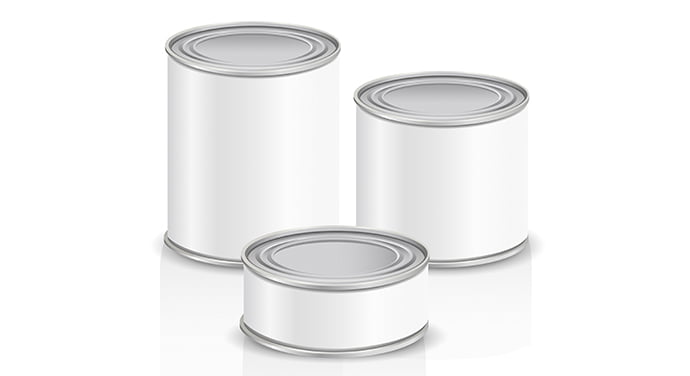
In the past, house brands were often perceived negatively by consumers. The belief as that when products were sold at a cheaper price, it was because they were of a lower quality compared to private brands. Now people know that food is just as delicious and especially, more affordable. House brands have improved a lot and have improved their quality.
Even though we don’t find them in all product lines, generic brands offer a good quality/price ratio. According to Agriculture and Agri-Food Canada, they are often 20% to 30% less expensive than big name brands. Try them: it’s a good habit to start lowering the amount of your grocery cart bill.
Buy less processed food
Pre-cut fruits and vegetables, prepared trays, marinated meats, muffins and ready-to-eat foods are all expensive products. Far from being neglected, these foods often simplify our lives. But you should know that the more they’re processed, the more expensive they are. So don’t let convenience get the better of you. Just be conscious of the impact that they can have on your budget for making better choices.
The solution is to buy whole fruits and vegetables, then cut them up when you get home, prepare your own marinades and double your recipes for leftovers because they’re tastier than prepared dishes. When you get home from the grocery store, get into the habit of doing this prep work. You’ll see just how much you can save.
Start using frozen fruits and vegetables
The frozen foods section remains an interesting option for your budget. It allows you to benefit from good fruits and vegetables all year long and at a reasonable price. Nevertheless, choose mixes in their natural state, without added salt, fat or sugar.
Take a rain cheque
You saw it in the flyer, but there’s no more on the shelves? Don’t be shy to ask for a rain cheque – it’s your right. Also know that it’s valid any time.
As well, if the item isn’t available anymore, supermarkets must offer you something similar at the same price.
Take a look at the time of transaction
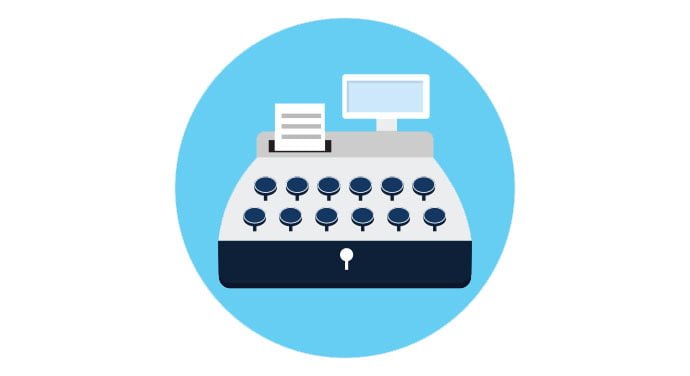
The last step before you can proclaim yourself a supermarket pro is to always check when the cashier is entering the products. You wouldn’t want to erase all your efforts because of a simple pricing error. Too often, it’s these little things that can ruin your savings. According to the Price Accuracy Code, when there is an error and the product costs less than $10, the retailer must give you the product free of charge.
Afterwards, double check your grocery bill.
Impulsive temptations – beware!
Smells good
As soon as you walk through the doors of your supermarket, the delicious smell of roast chicken grabs your attention. Did you know that this smell can make you spend more? According to one study, adding smells to a store increases the intent to purchase by 80%.
Why does smelling freshly-baked bread automatically make us want to buy it? Smells are directly linked to the part of the brain that houses emotion. As well, the brain analyzes scents without us being aware and this influences our purchasing behaviour significantly.
Of course, not many people dislike the smell of fresh bread coming out of the oven. It’s more pleasant to do groceries when it smells good. Just be aware that smells can sometimes get us to make unplanned purchases.
Music
At the grocery store, customers stop for about three seconds in an aisle to make their choice. Did you know that this number can vary according to the musical beat played in store? In fact, the slower and more pleasant the melody, the more you’ll take your time and spend. For example, you’ll think more about the choices to be made, you’ll analyze promotional signs, you’ll take the time to read labels, etc.
On the other hand, if your grocery store plays fast music, you’ll make impulse buys. In either case, try to focus on your shopping list. If you want, bring your own music!
Labels
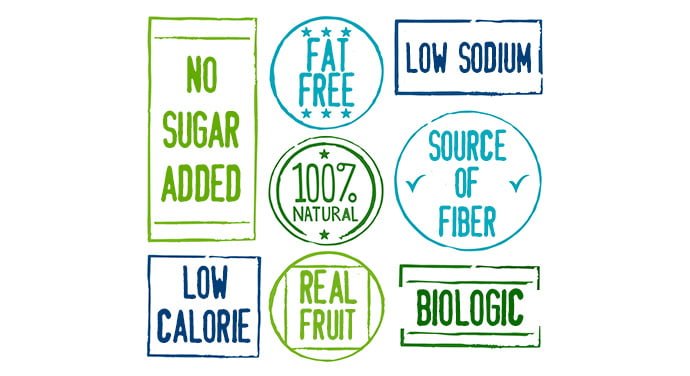
Claims like 100% natural, made with real fruit, light, enriched with calcium, no fat, etc., are all indicators that reassure us as consumers. However, focusing on one of these criteria brings us to nutritional information.
A box of cookies that claims it has no trans fats, cholesterol and is low in saturated fats remains a fat and sugary product. On the other hand, the health criteria in bold makes us forget all of the product’s other nutritional characteristics. This plants the seed of confusion for the consumer who always wants to make the best choices.
The answer is to take the time to read labels and the list of ingredients carefully. Try not to buy products that have a list of words too difficult to pronounce. It’s important to choose food that has the least number of ingredients possible.
Moreover, compare products: the original product to the one with 40% less fat, for example. Food that is “light” doesn’t mean it’s healthy because in order to have less fat, some manufacturers often compensate with sugar or other harmful ingredients to preserve texture and taste.
Discounts: 2 for 1, 3 for 5…
Supermarkets sometimes offer discounts that incite consumers to buy more than they need. Sales like three cans of soup for $5 is a great example because they can get us to automatically pick up three when in reality, we only need two. Don’t forget that most grocery stores establish a price per unit. If you buy one item, you only spend for that quantity.
Tasting booths
Who hasn’t been tempted by a little bite at the tasting booth? These little stands are a cute trick! Of course, you can’t avoid them at all costs – it’s one of the pleasures of grocery shopping. However, know that they can sometimes cause impromptu purchases. Be careful and ask yourself this question: do I really need that this week?
Taste-testing is a good way to discover new products and change up the menu at home. If you liked the product you tasted, you can always pick it up next week. Bonus: sometimes they offer a discount or coupons on your next purchase. That’s two more reasons to wait for it to become part of your planned purchases!
Displays
Grocery stores like to create product displays through association. In other words, putting up specific displays like “Italy special” with pastas and sauces, placing fondue chocolate near fresh fruit or salad dressings near the veggies. On one hand, this highlights food by suggesting idea combinations to consumers. ON the other, this can incite us to go above our needs. Often these products aren’t necessarily on sale, so you must always beware!
This also applies to end aisles that give us the impression that the items on display are on sale. Sometimes they are, sometimes they’re not. You have to check the label and most of all, go to the aisle to see if you can find a similar product for a little bit less.
Temptations at the cash

So now you’re ready to stand in line and pay for your purchases. The temptations are all there to get you to spend a few more dollars before leaving. Chocolate bars, magazines and drinks are all very attractive products, so be careful!
Now that you know the good practices to have in the grocery store, will you use them the next time you go grocery shopping? Of course, it requires vigilance, time and willingness. We have to admit that sometimes it can be tricky to resist all that product variety. Print out our grocery plan that summarizes the main advice. Give yourself the goal to try again every week. You’ll see – the faster you do it, the faster you’ll save.
Tell us which are the best tricks for you when you go grocery shopping?


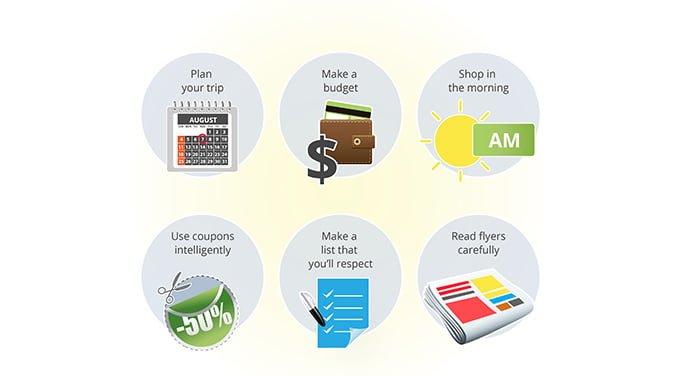
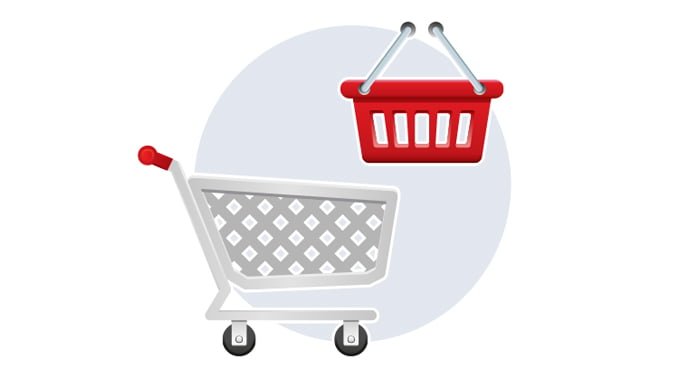
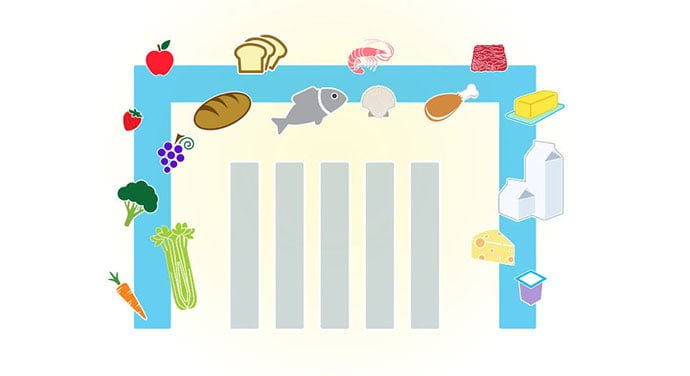
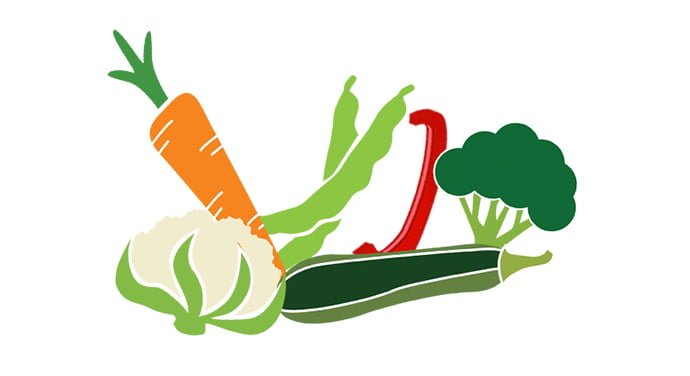

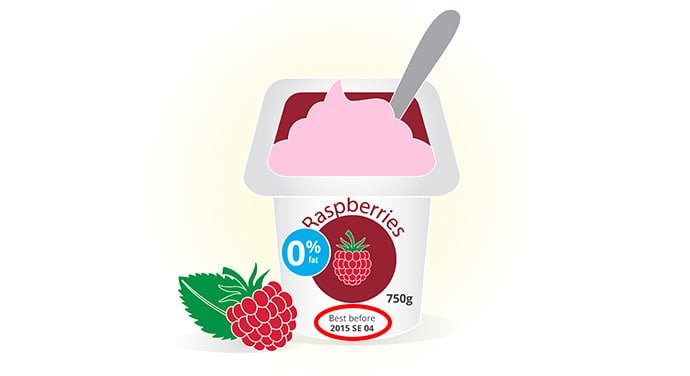

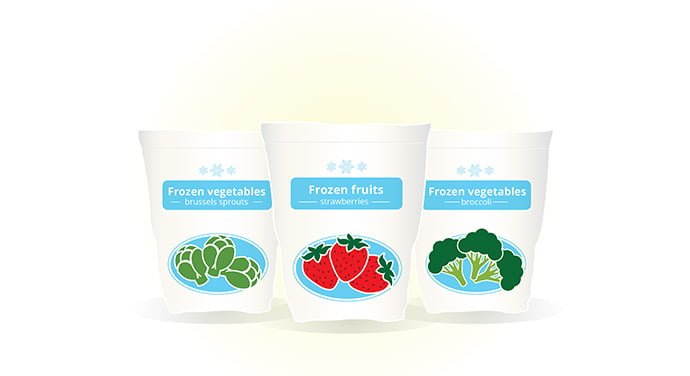


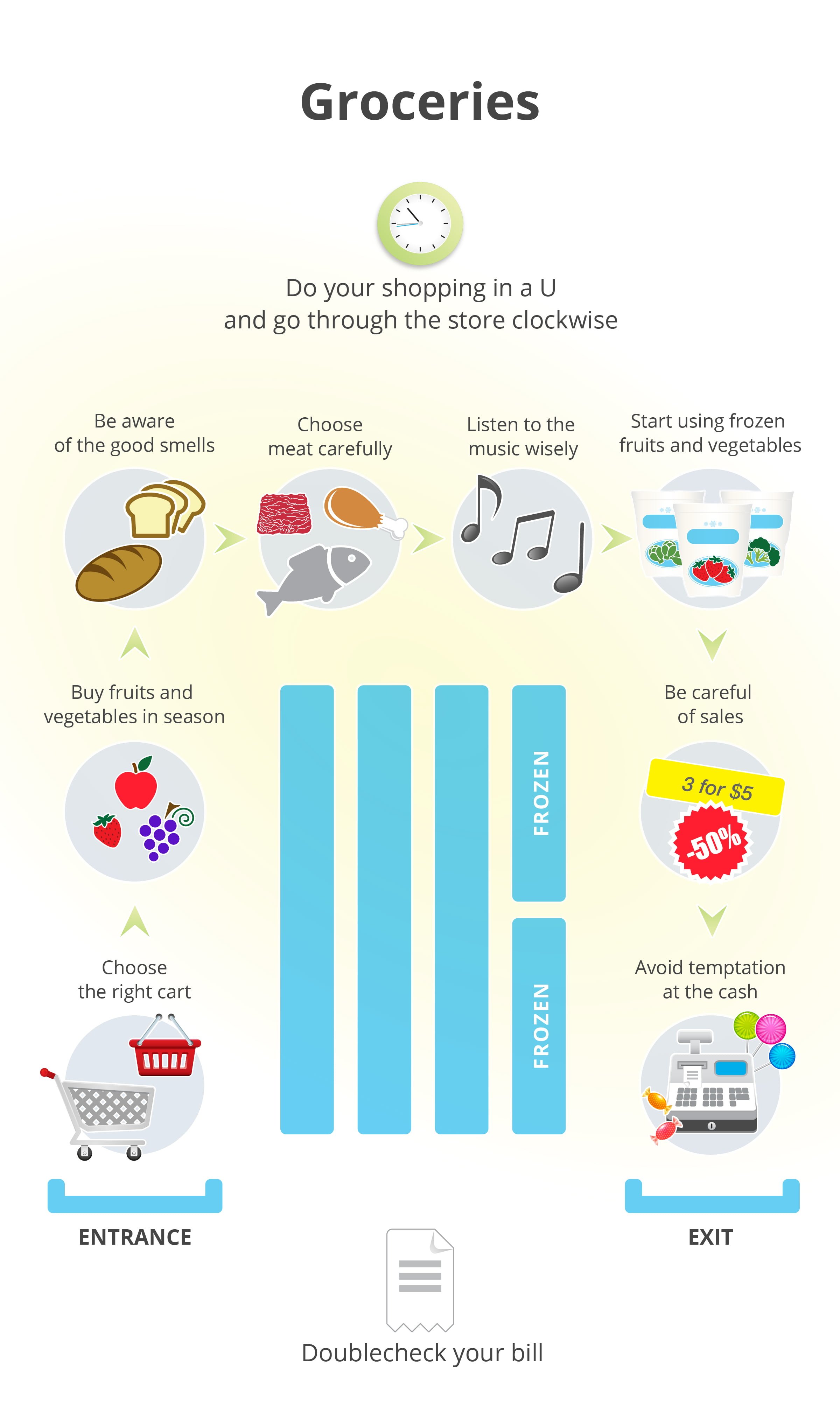






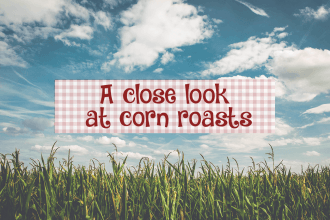
Hello Jessica,
This is a very well written article with a lot of good information.
One reference in particular however that is of great interest to me was: “According to a recent study on grocery consumption, Canadians spend about 62 hours a year buying food”.
Would it be possible to request your source for that study?
Thank you in advance for your time and consideration in this regard.
Hello, Mr. Zeidler,
We’re glad that you like this article. Jessica based the statistics on Canadian consumption at the grocery store on a MasterCard study. We hope this helps you in your research on the subject.